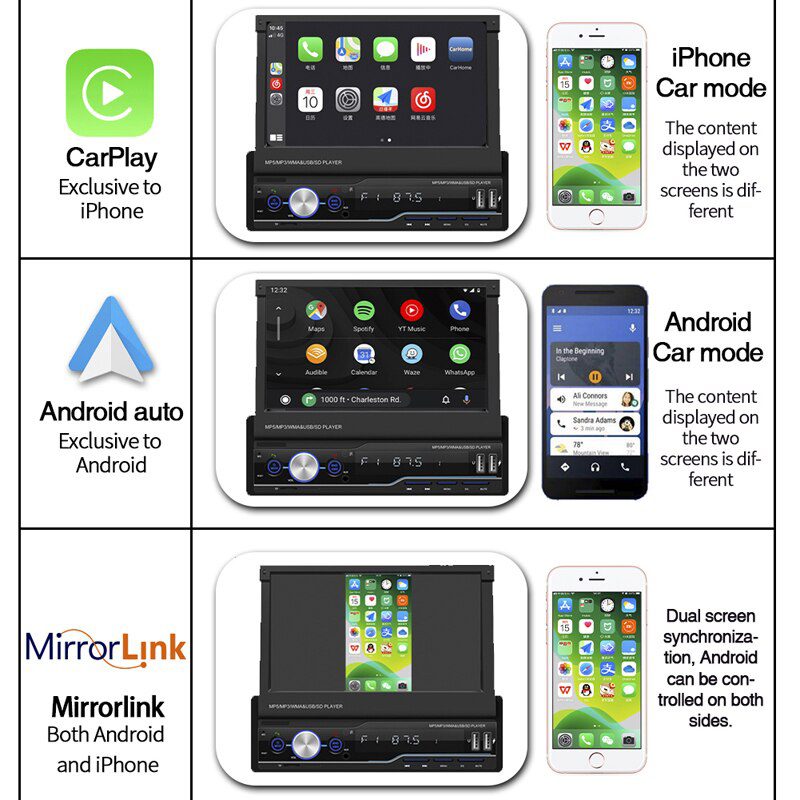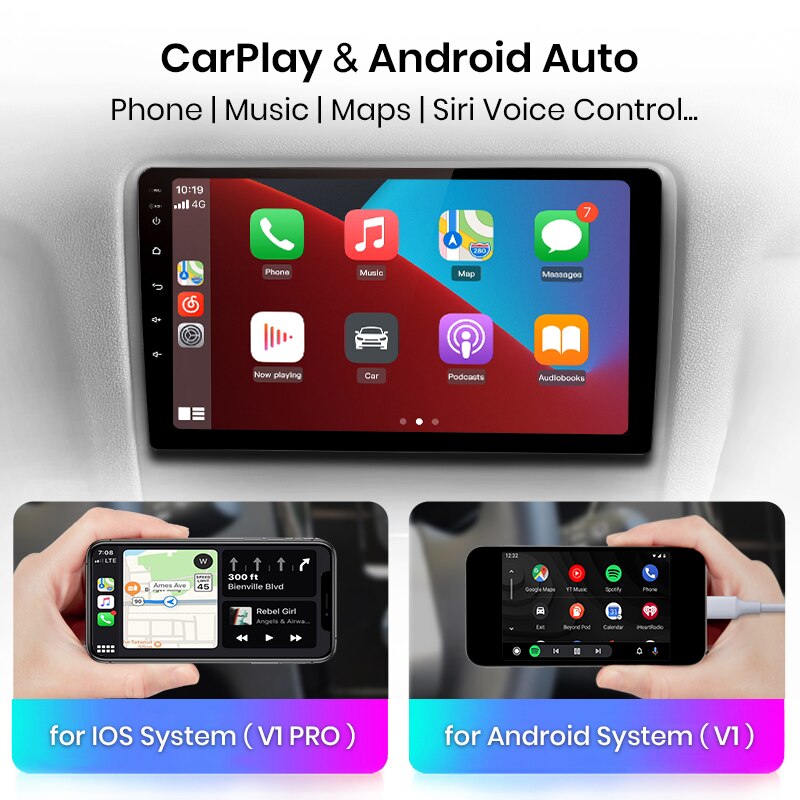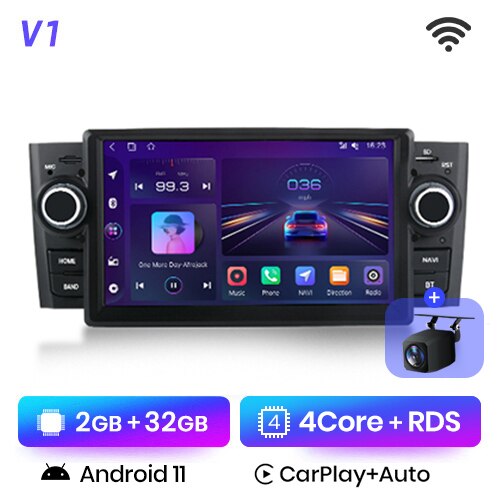Subtotal: $8
Connectivity and Infotainment Car Systems 3
The integration of connectivity and infotainment systems in vehicles has come a long way in recent years. These systems have gone from being basic, standalone options, to fully integrated, multi-functional platforms that are an integral part of the vehicle experience.
One of the main drivers behind the development of infotainment systems has been the increasing demand for seamless smartphone integration. With the widespread use of smartphones, drivers and passengers now expect to be able to easily connect their devices to the vehicle and access the same apps and services they use on a daily basis. This has led to the widespread adoption of Apple CarPlay and Android Auto, which allow drivers to access navigation, music, and other apps through the vehicle’s display screen.
In addition to smartphone integration, another key component of modern infotainment systems is the integration of voice-activated virtual assistants. The ability to control various aspects of the vehicle, such as adjusting the temperature or setting a destination, using voice commands has become increasingly popular, and many vehicles now feature Amazon Alexa or Google Assistant integration.

The use of high-definition displays and advanced sound systems has also become widespread in modern vehicles. These displays can show navigation maps, multimedia content, and other information, while the sound systems provide high-quality audio and enhance the entertainment experience. Some vehicles even offer rear-seat entertainment systems, allowing passengers in the back to enjoy movies, games, and other content while on the road.
Another important aspect of modern infotainment systems is the integration of Wi-Fi hotspots, which allow drivers and passengers to connect to the internet while on the road. This provides access to a wealth of information and entertainment options, such as online streaming services, social media, and email.
It’s worth mentioning that the integration of connectivity and infotainment systems is not just about entertainment and convenience, it also has the potential to improve safety. For example, by offering hands-free calling and messaging, infotainment systems can reduce the need for drivers to take their hands off the wheel or look away from the road, improving overall road safety.
The integration of connectivity and infotainment systems in vehicles is a rapidly evolving area that is changing the way we drive and experience the road. With new technologies and innovations emerging all the time, the future of infotainment systems in vehicles is looking increasingly exciting and promising.


Apple CarPlay
Apple CarPlay is a feature that allows drivers to integrate their Apple iPhone into their car’s infotainment system. It provides a user-friendly interface that allows drivers to access their phone’s navigation, music, and other apps through the vehicle’s display screen, as well as using Siri voice control.
CarPlay is compatible with a wide range of vehicles from various manufacturers, and it can be easily connected to the car using a USB cable. Once connected, drivers can access a variety of apps directly from their car’s display screen, including Apple Maps for navigation, music apps like Apple Music and Spotify, and messaging apps like WhatsApp and iMessage.
One of the key benefits of CarPlay is the hands-free functionality it provides. Drivers can access their phone’s apps and services without having to take their hands off the wheel or look away from the road. They can also use Siri voice control to make calls, send messages, and control music playback, all without having to interact with their phone directly.
In addition to its convenience and safety features, CarPlay is also designed to be intuitive and user-friendly. The interface is similar to that of an iPhone, so most users will already be familiar with
how it works. The home screen features large, easy-to-see icons, and the interface is optimized for use while driving, with large buttons and clear, concise information displayed.
CarPlay also integrates with other in-car systems, such as the vehicle’s climate control and audio systems, allowing drivers to control these functions using the CarPlay interface. Additionally, CarPlay supports third-party navigation and music apps, as well as a growing number of other third-party apps, so drivers can easily access the services and apps they use the most.
Another advantage of CarPlay is that it is constantly evolving and improving. Apple regularly releases updates to the system, adding new features and improving existing ones. For example, CarPlay now supports the use of third-party navigation and music apps, and it has added features like wireless connectivity and the ability to use Siri to control other in-car systems.
Android Auto and Apple CarPlay Differences
Android Auto and Apple CarPlay are two popular systems that allow drivers to integrate their smartphones into their car’s infotainment system. Most new aftermarket multimedia systems support both Android auto and Carplay. While both systems provide a similar level of convenience and safety features, there are some key differences between the two:
- Operating System: Android Auto is designed specifically for Android smartphones and uses Google’s operating system, while Apple CarPlay is designed for Apple’s iOS operating system and works exclusively with Apple iPhones.
- User Interface: The user interfaces of Android Auto and Apple CarPlay are different, but similar in that they are designed to be intuitive and user-friendly. Android Auto is similar to the interface of an Android smartphone, while Apple CarPlay has a similar interface to an iPhone.
- Voice Control: Both Android Auto and Apple CarPlay allow drivers to use voice control to access their phone’s apps and services. However, Android Auto uses Google Assistant for voice control, while Apple CarPlay uses Siri.
- Apps: Both systems support a range of navigation, music, and messaging apps, including popular apps like Google Maps, Apple Maps, Spotify, and WhatsApp. However, the specific apps available may vary between the two systems.
- Integration with In-Car Systems: Both Android Auto and Apple CarPlay allow drivers to control other in-car systems, such as the vehicle’s climate control and audio systems, using the infotainment system interface.
- Connectivity: Android Auto supports both USB and wireless connectivity, while Apple CarPlay only supports USB connectivity, although some newer vehicles may also support wireless connectivity.
Both Android Auto and Apple CarPlay offer drivers a convenient and intuitive way to integrate their smartphone into their car’s infotainment system. The choice between the two will depend on the type of smartphone the driver uses and their personal preferences.

 BMW 5 Series E39 1995-2003 M5 Dynamic Blinker Indicator LED Turn Signal Light
BMW 5 Series E39 1995-2003 M5 Dynamic Blinker Indicator LED Turn Signal Light 




Is carplay compatibile with Toyota Urban Cruiser 2013? Or how i i added to it? Contat me please
Hi,
Are you still in business?
I found a few errors on your site.
Would you like me to send over a screenshot of those errors?
Regards
Joe
(714) 908-9255
I cant activate carplay on my bmw g30, is it possible free or not going to dealer, can you help me?